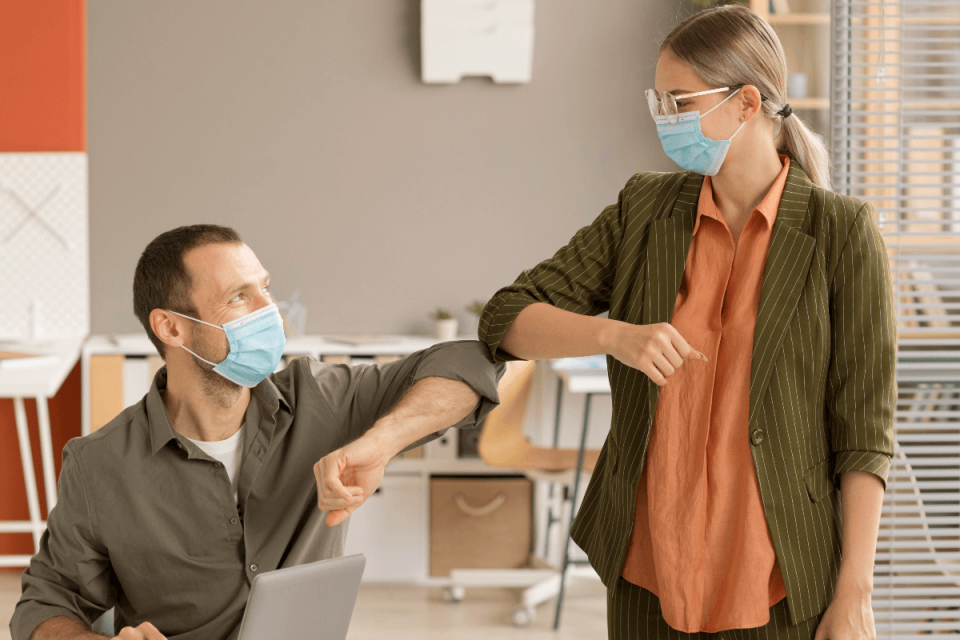Reducing rates of infections and the spread of germs is a high priority for everyone across the globe right now, but making offices and workplaces COVID-secure will have positive effects in the future too.
A post-pandemic world will focus on the need to protect employees from the risk of illness, bringing about changes in the workspaces themselves and how business is done.
Here we look at some minor and major changes to the workplace that will be here to stay once everyone returns to their “new normal” after the COVID threat has reduced.
Flexible working
A reduction in the number of workers coming in and out of the workplace every day is your first line of defense against COVID-19 and other viruses.
Where possible, give workers flexible working options, where they can choose to work from home when traveling to the office is unnecessary.
Using video-conferencing technology instead of traveling to meetings also eliminates the risk of cross-contaminating different workplaces and prevents gathering a large number of people together in one room.
Reducing the number of people in the office at any given time will greatly reduce the risk of illnesses spreading.
Contactless entry points
Access Control Systems can create one-way flow systems through older buildings with narrower corridors and restrict access to areas that have reached maximum occupancy to help comply with social distancing recommendations.
They can also allow for contactless access to buildings or even screen people for high temperatures and face mask usage.
New layouts
Allowing more people to work from home can facilitate a redesign of the workplace layout.
Reducing the number of workstations and opening up tightly packed areas facilitates better social distancing and ensures employees are not working closely together for long periods of time. Larger meeting spaces also let people sit further apart.
Screens for people who have a high number of people visiting their workspace are also a useful addition to prevent the spread of germs.
Improved air conditioning
Not only are old air conditioning units not capable of containing viruses, but they can also actually enable the spread of airborne virus particles meaning an update of these systems is a must for a COVID-safe workplace.
Technologies that combat the spread of diseases have been accelerated during the pandemic, resulting in the invention of air conditioning units that capture viruses and kill them.
Increased hygiene
With hot-desking becoming a more familiar practice, clearing down workstations after use means areas can be cleaned more easily and more thoroughly.
Provide materials such as cloths and cleaning sprays for workers to wipe down contact points such as buttons, kitchen appliances, and phones after use.
In addition to fully stocked handwashing facilities, including running water, soap, and paper towels, hand sanitizer in other areas means employees can keep their hands germ-free throughout the day.
Making these changes will not only reduce the risk of spreading the coronavirus it will also stem the spread of all germs now and in the future, making for a healthier and more productive workplace.
